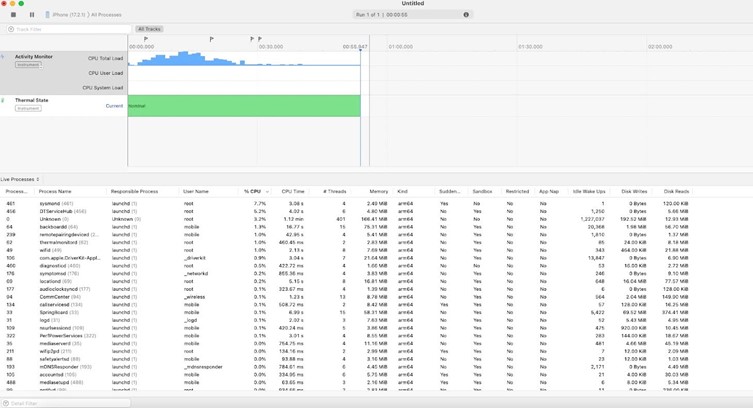Group-IB, a global leader in cybersecurity, last Friday published a blog article shedding light on Pegasus, a malicious mobile software designed to gather sensitive information from devices and users illicitly.
According to the company:
“Despite the common belief among iOS users that their devices offer complete security, shielding them from such attacks, recent developments, such as the emergence of Pegasus spyware, have shattered this pretense. The first iOS exploitation by Pegasus spyware was recorded in August 2016, facilitated through spear-phishing attempts—text messages or emails that trick a target into clicking on a malicious link.
Developed by the NSO Group, Pegasus spyware is malicious software designed to gather sensitive information from devices and users illicitly. Its ‘zero-click’ capability makes it particularly dangerous as it can infiltrate devices without any action required from the user. Pegasus can gather a wide range of sensitive information from infected devices, including messages, audio logs, GPS location, device information, and more. It can also remotely activate the device’s camera and microphone, essentially turning the device into a powerful tool for illegal surveillance.
Pegasus is also capable of accessing data from both iOS and Android-powered devices. The fact that it can be deployed through convenient gateways such as SMS, WhatsApp, or iMessage makes it an effortless tool to trick users into installing the spyware without their knowledge. This poses a significant threat to the privacy and security of individuals and organizations targeted by such attacks.
Pegasus is extremely efficient due to its strategic development to use zero-day vulnerabilities, code obfuscation, and encryption. NSO Group provides two methods for remotely installing spyware on a target’s device: a zero-click method and a one-click method. The one-click method includes sending the target a regular SMS text message containing a link to a malicious website. This website then exploits vulnerabilities in the target’s web browser, along with any additional exploits needed to implant the spyware.
Zero-click attacks do not require any action from device users to establish an unauthorized connection, as they exploit ‘zero-day’ vulnerabilities to gain entry into the system. Once the spyware is installed, Pegasus actively captures the intended data about the device. After installation, Pegasus needs to be constantly upgraded and managed to adapt to device settings and configurations. Additionally, it may be programmed to uninstall itself or self-destruct if exposed or if it no longer provides valuable information to the threat actor.”
Group-IB then reveals precautionary and investigation measures that can be leveraged to detect not just Pegasus spyware but also Operation Triangulation, Predator spyware, and more. The company discucces how to check iOS or iPadOS devices for signs of compromise when only an iTunes backup is available and obtaining a full file system dump isn’t a viable option. To learn more, visit www.group-ib.com/blog/pegasus-spyware.


















